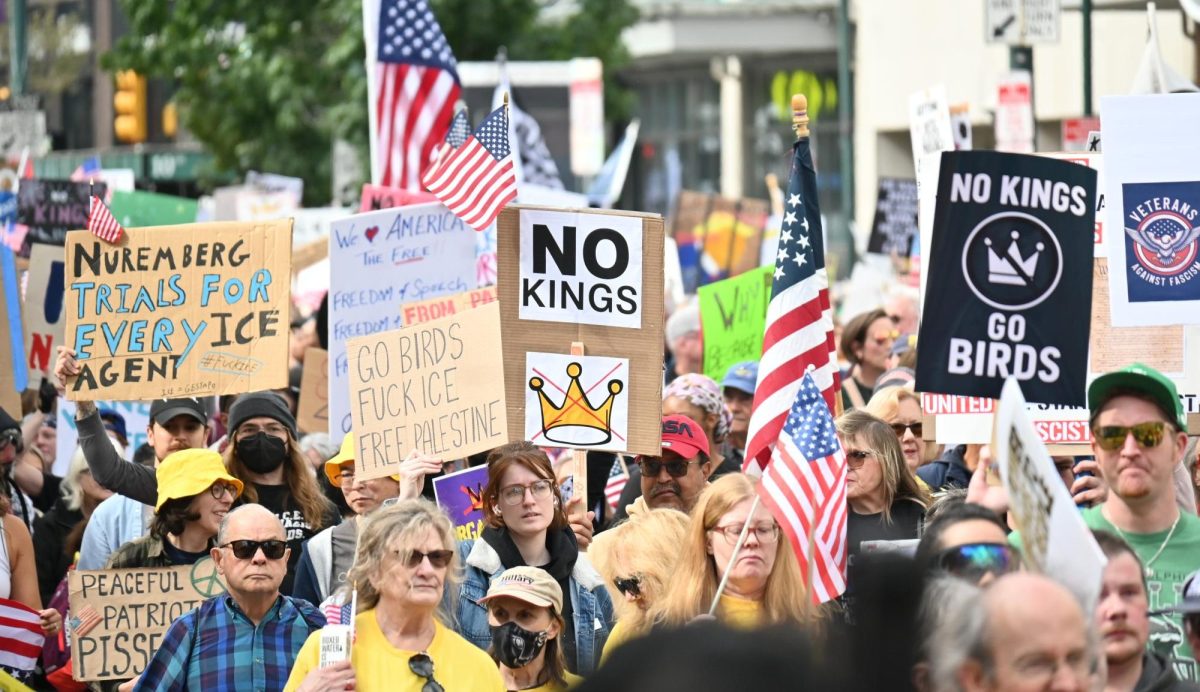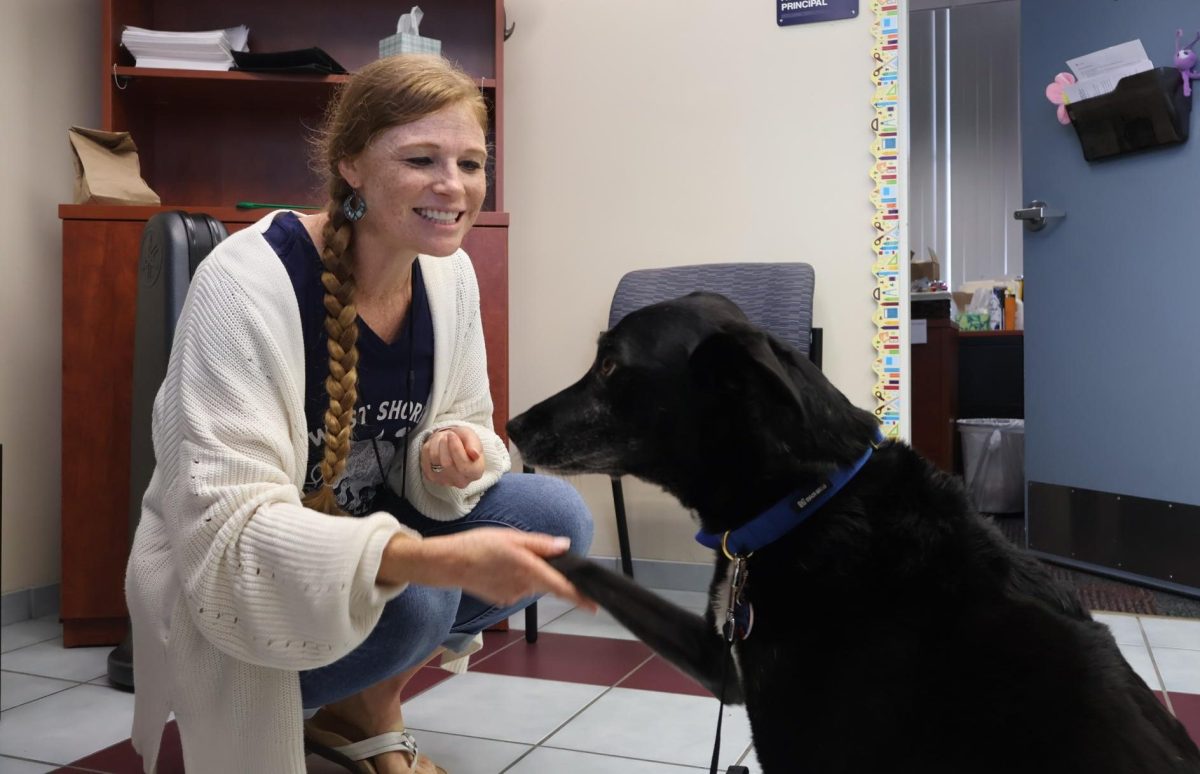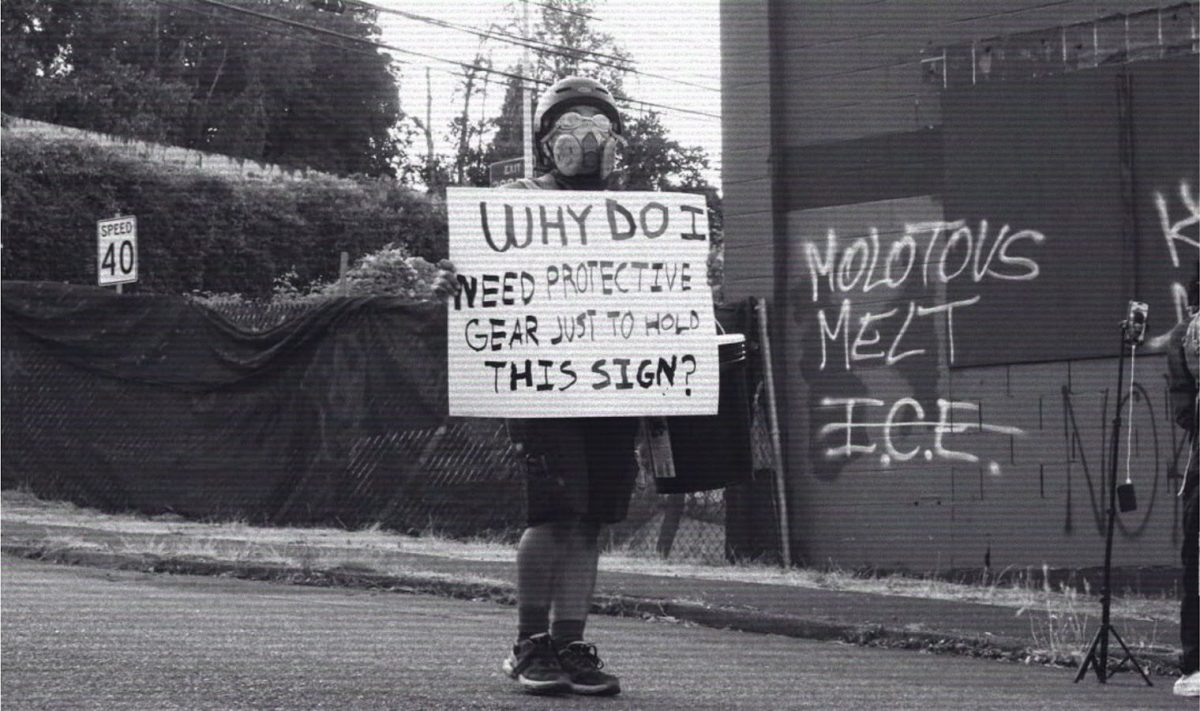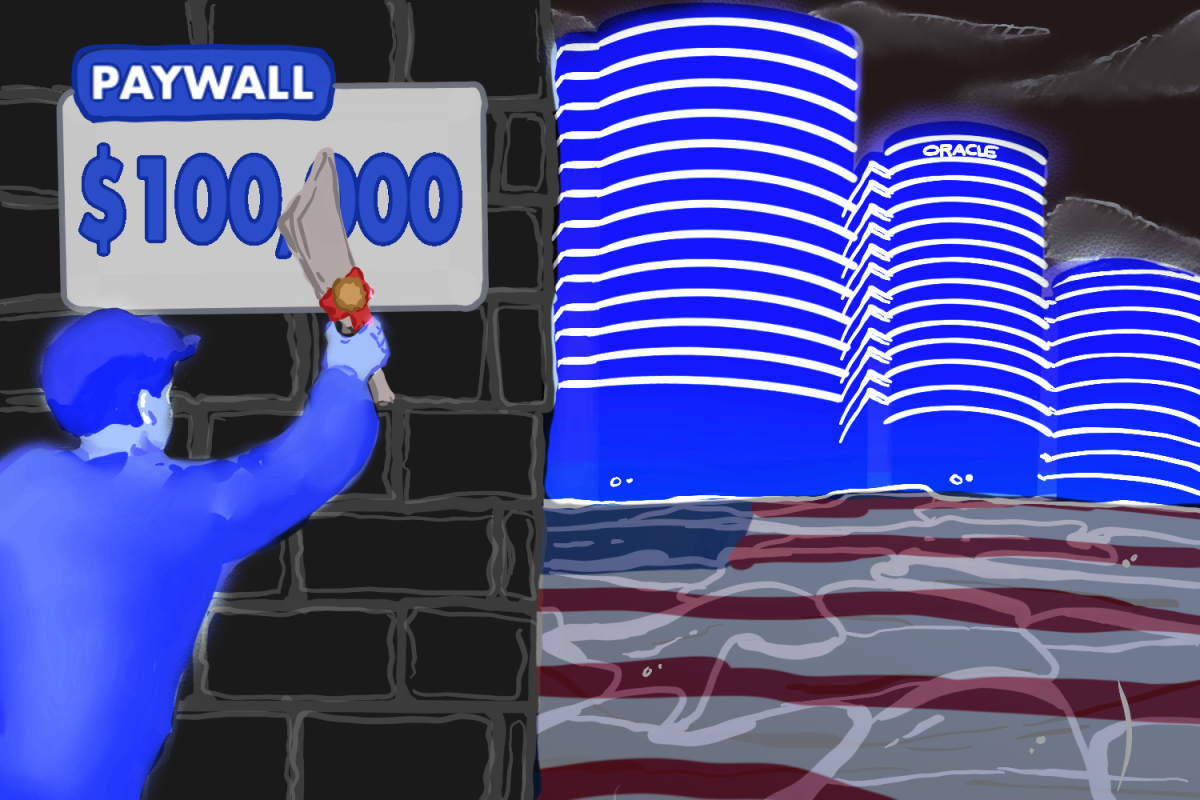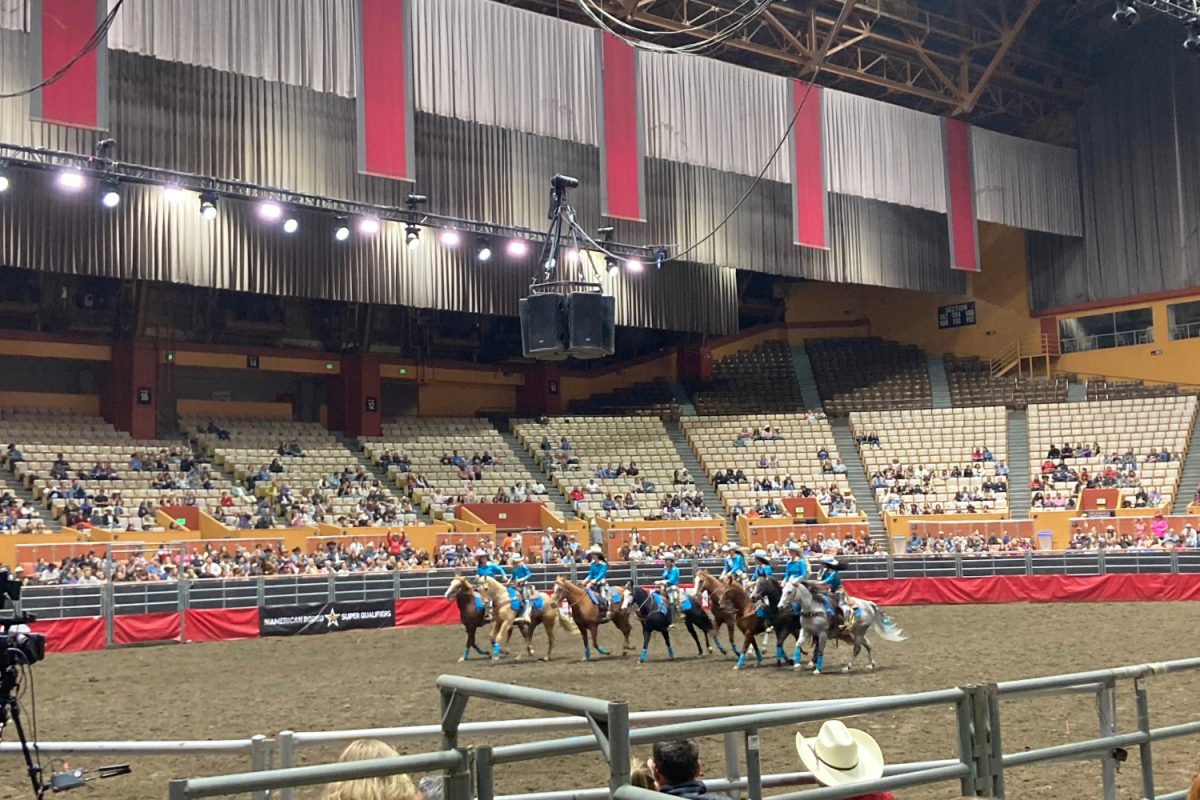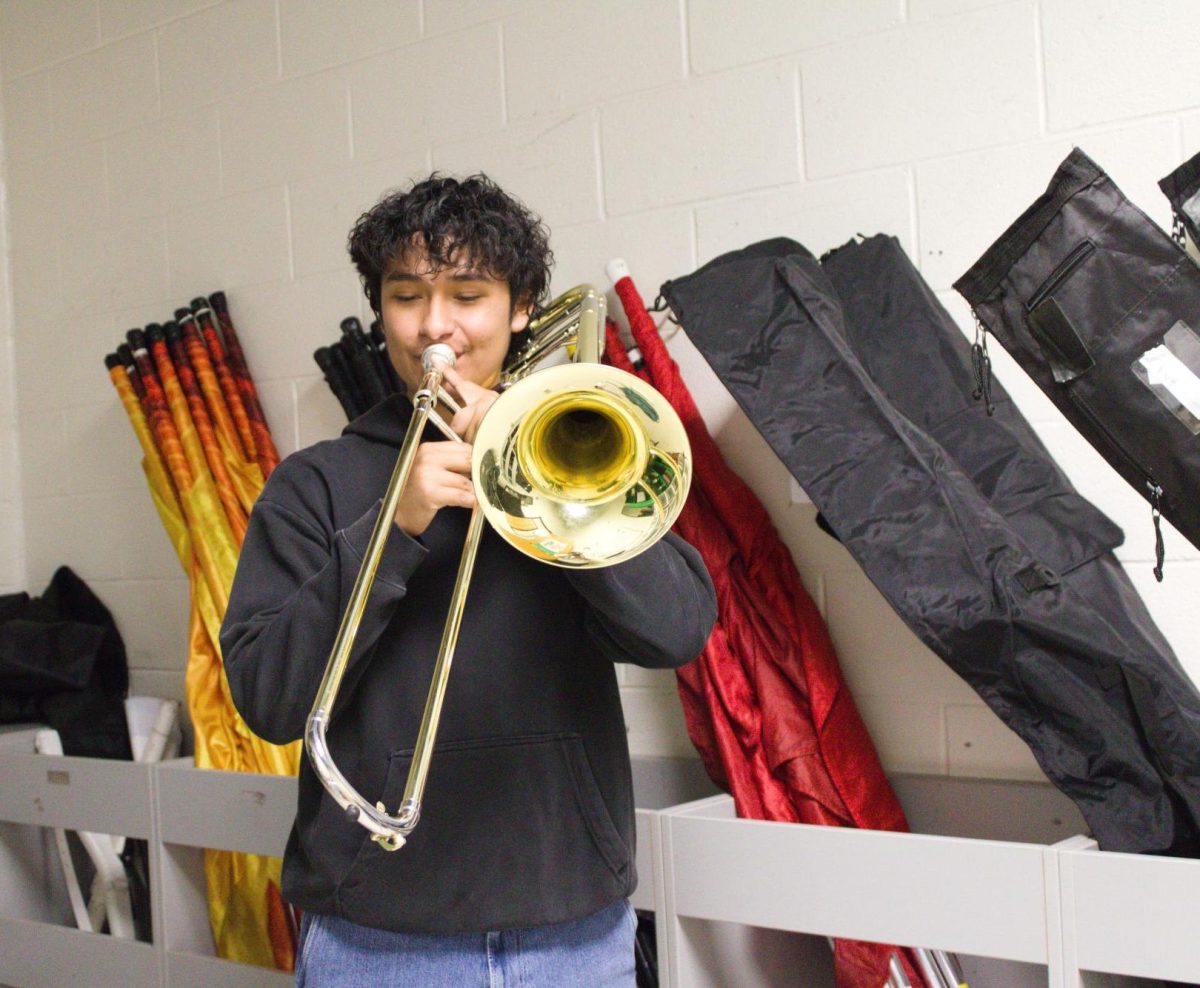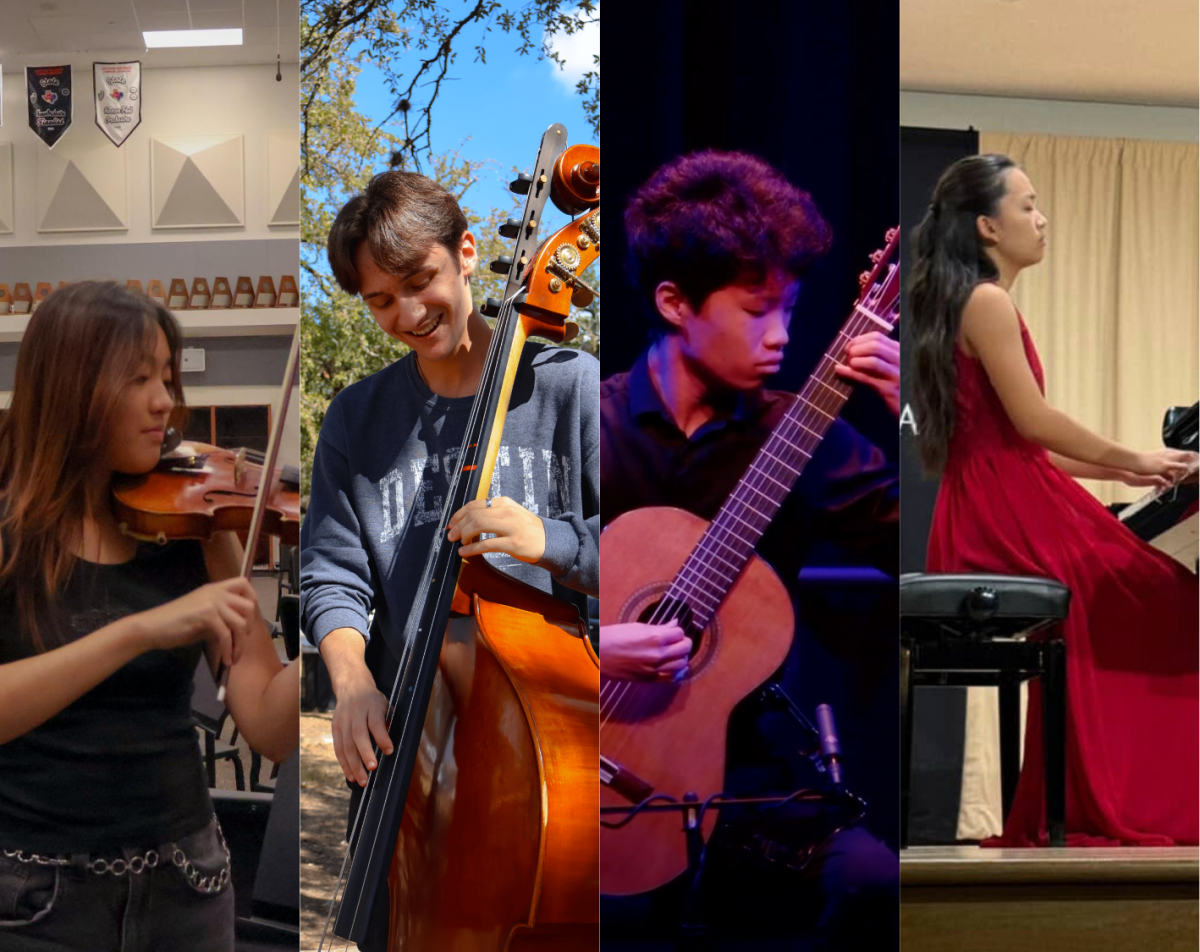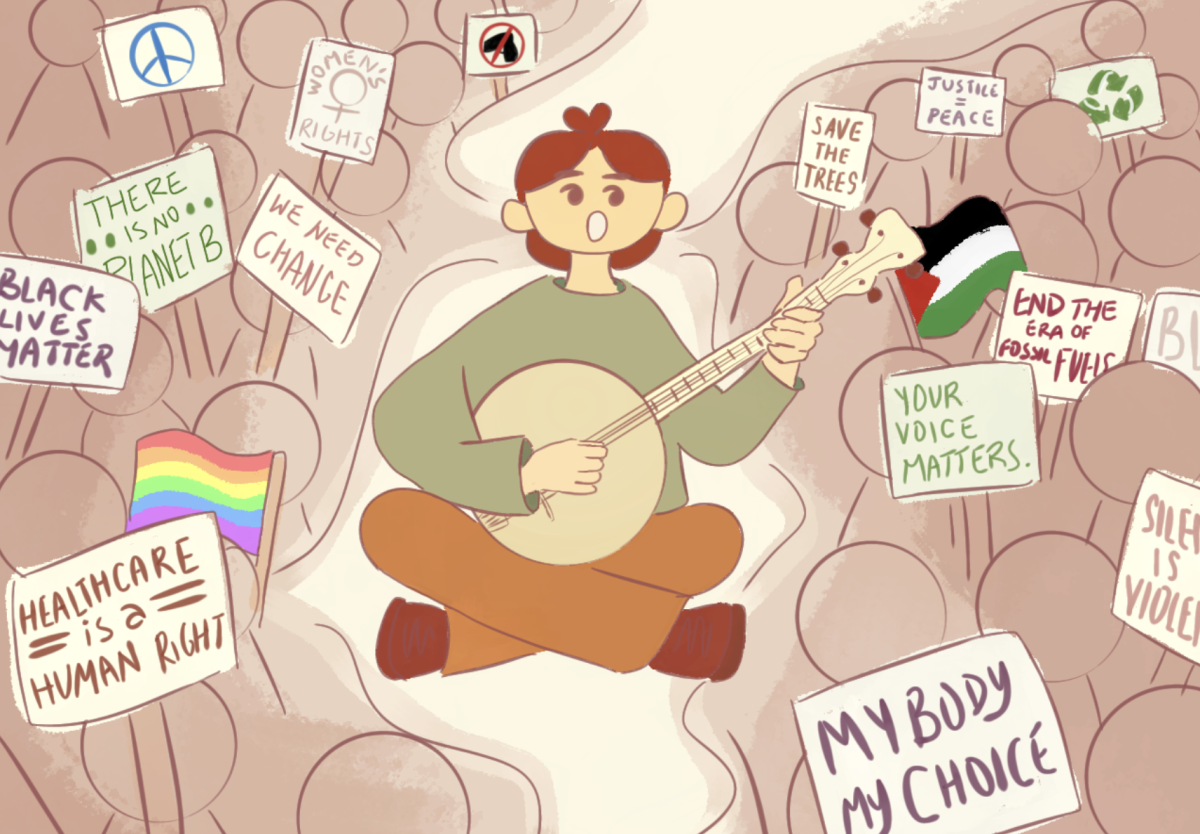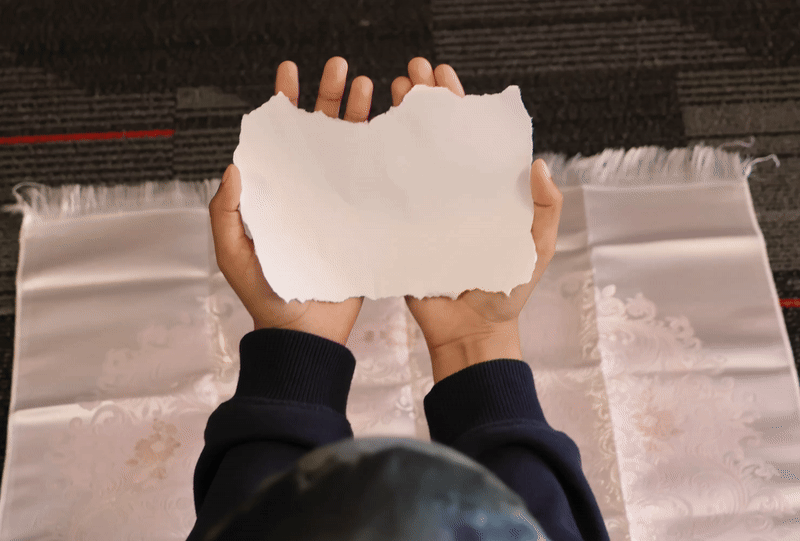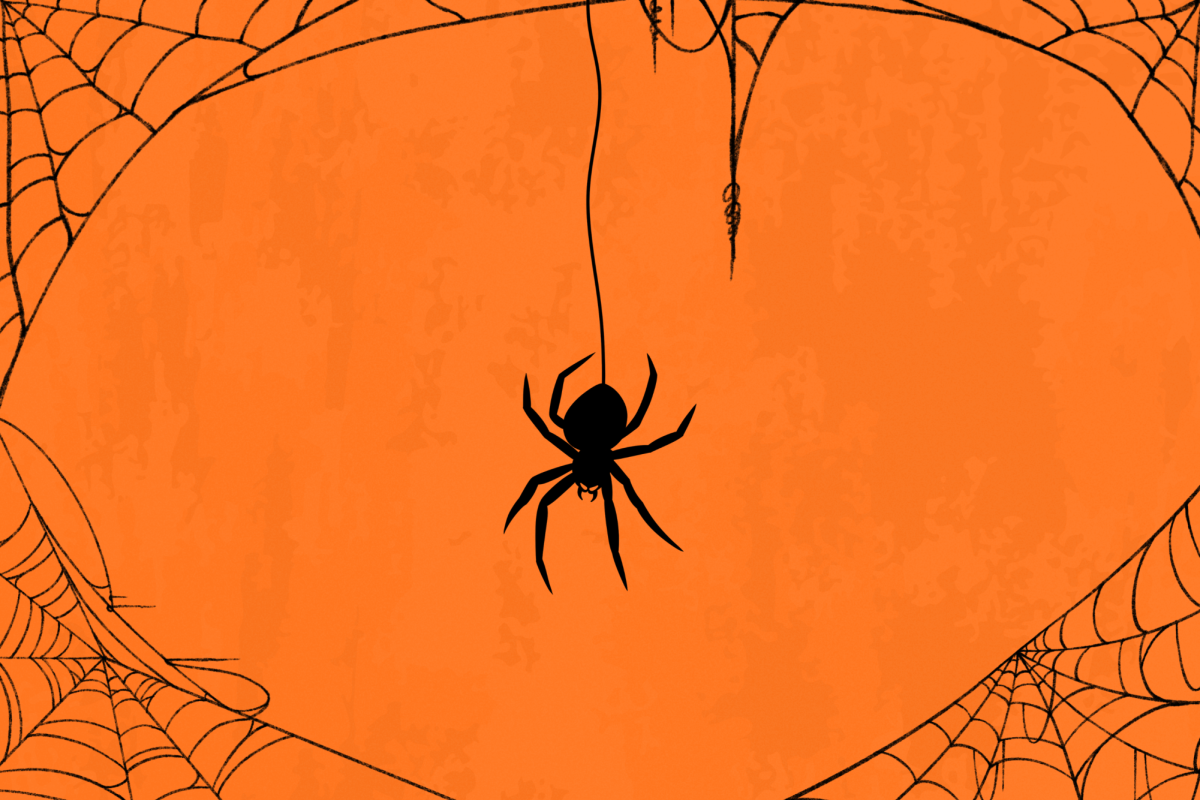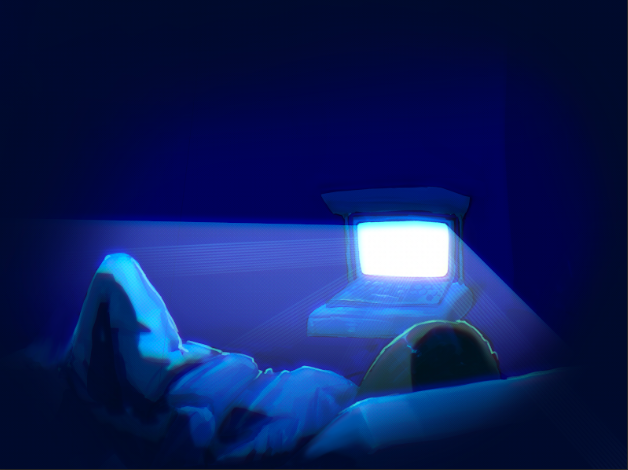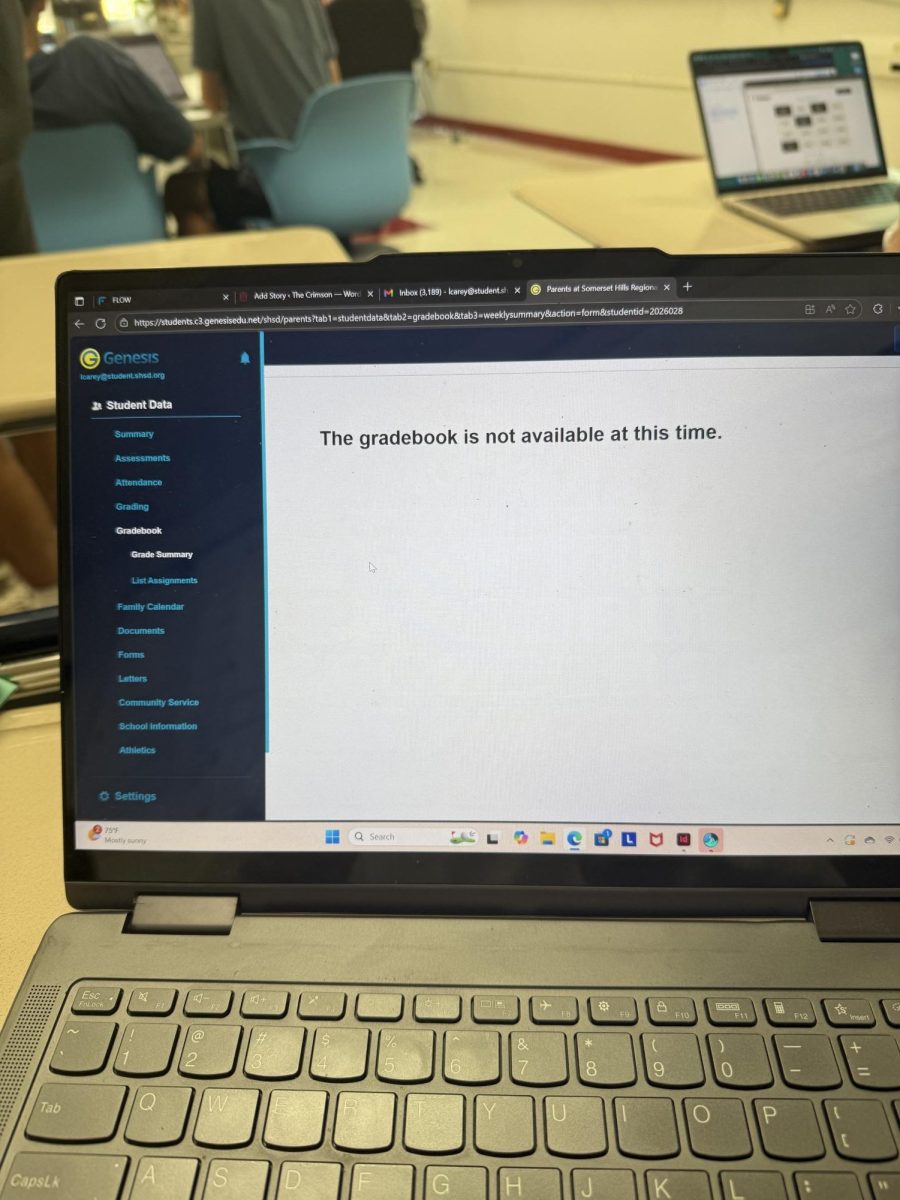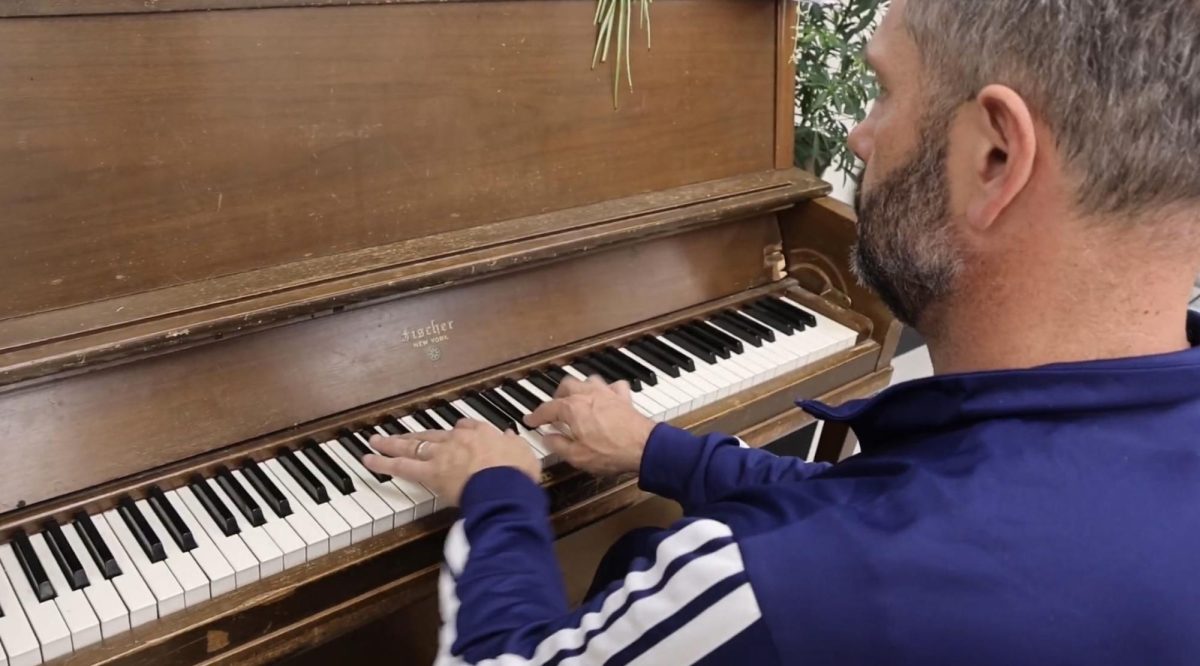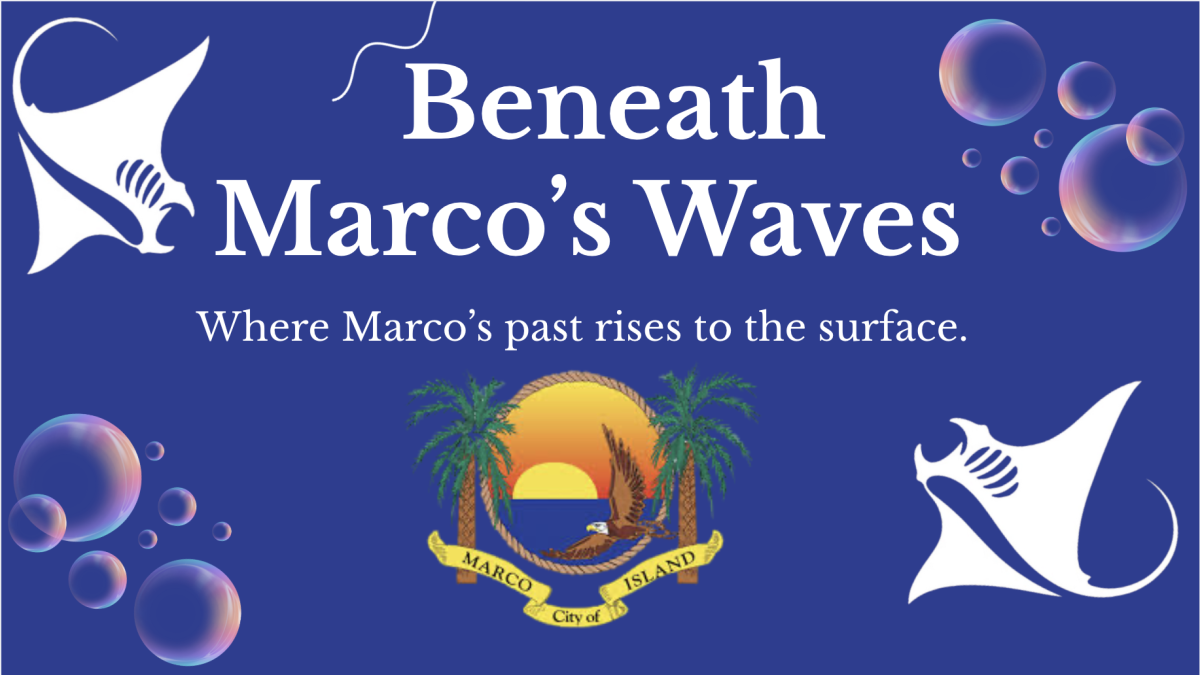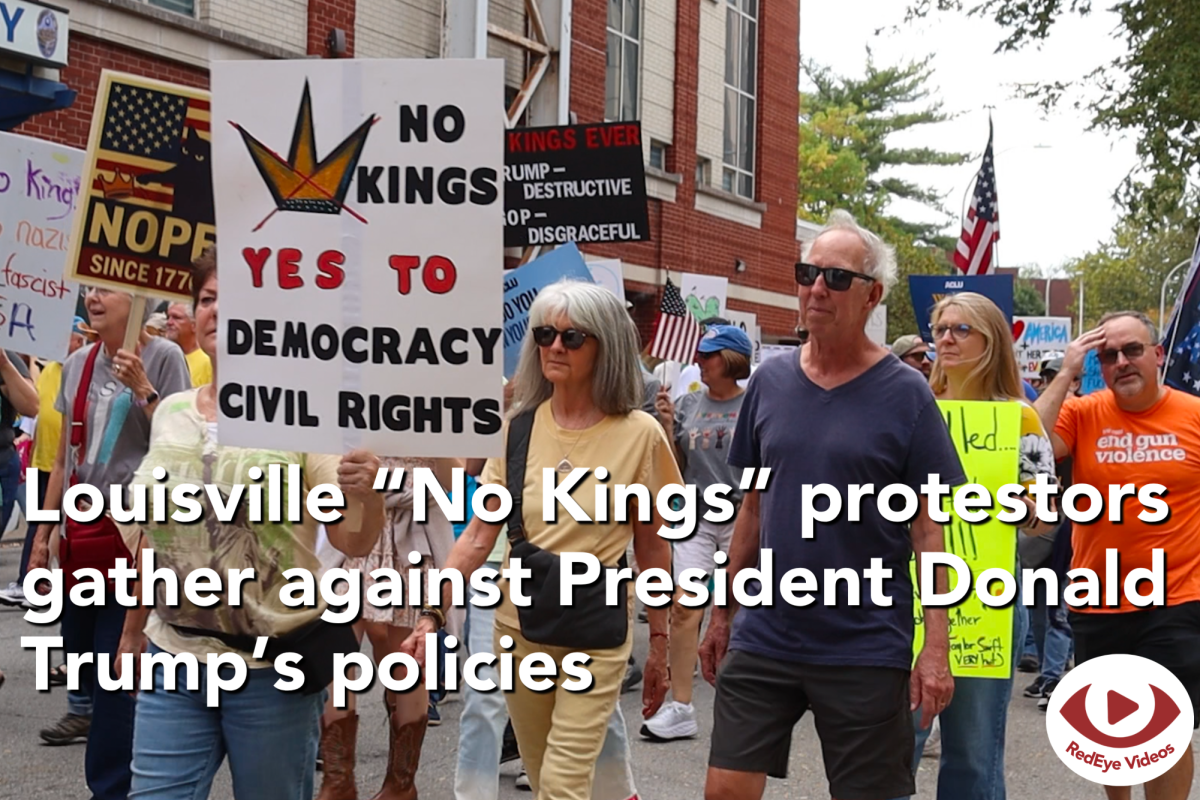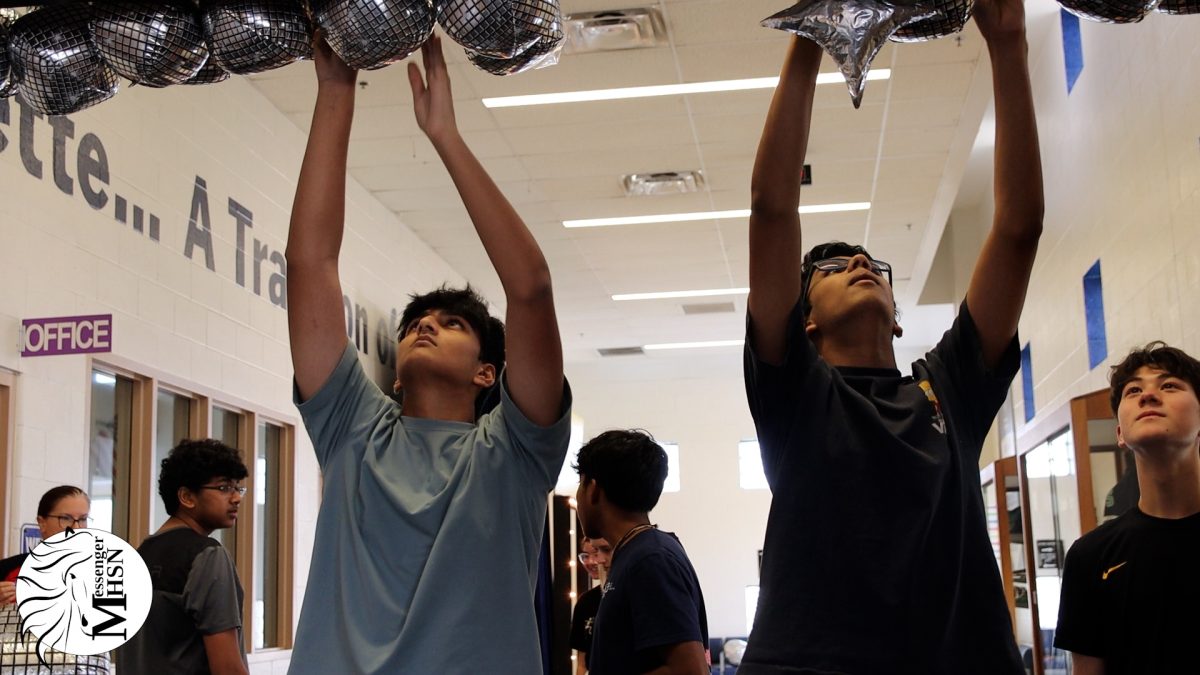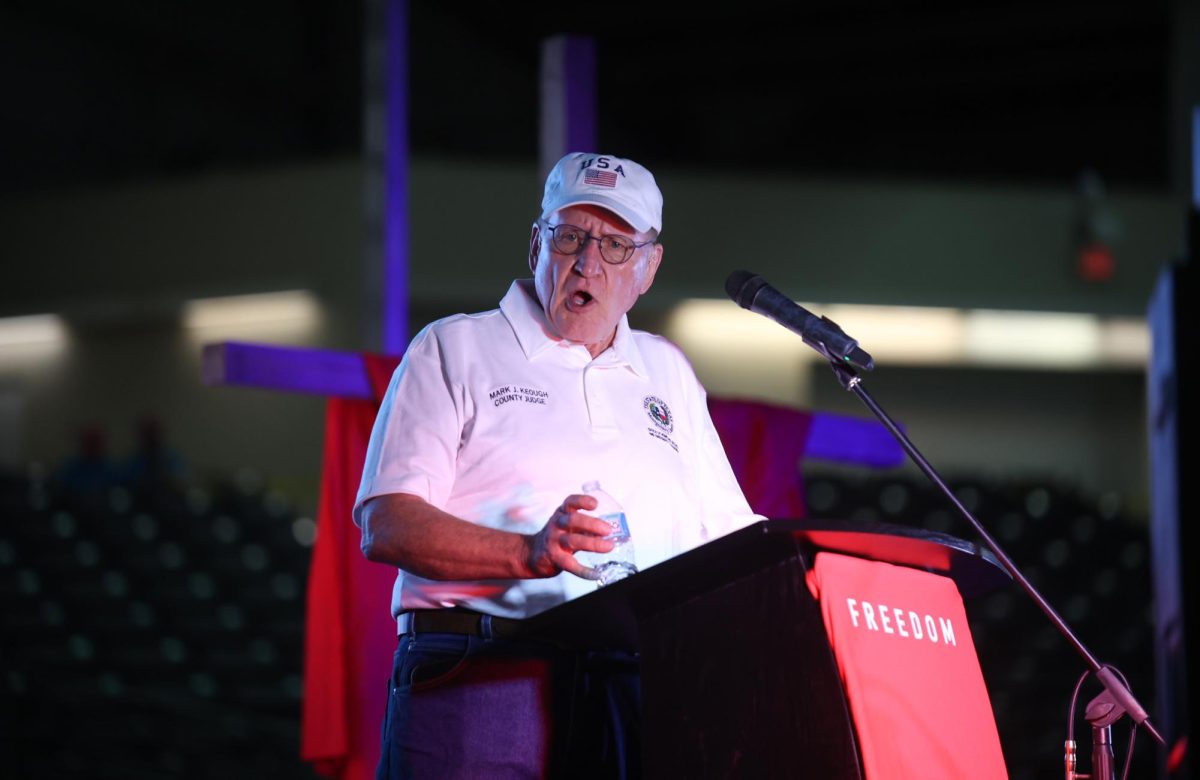**An abridged version of this story appears in the November 2024 issue of Panorama. Below is the full piece.
Mosquitoes buzz, filling the air with a raucous din as they fly in lazy circles. Mud covers the ground in a blanket of decay and moisture. Spiders glide across the surface of the putrid green water, and an unbearable stench covers the ground like a cloud, evoking the image of rancid sewage. This is what most people picture when they think of wetlands: a marshy, swampy mess with little environmental necessity. Few people know the reality of the once majestic floodplains that spanned millions of acres and were an essential part of the Missouri ecosystem.
These deep waters, blanketed with water lilies and surrounded by soft rushes and sweeping willows, used to bloom with life. They enable the survival of thousands of creatures; for many species, the wetlands were their only home. They are responsible for enriching the soil that we now depend on for crops and agriculture. They breathe life into the environment.
And now, they’re disappearing.
Wading In
To fully understand wetlands and their impact on the environment, we first need to look at how they have been treated over time. How exactly did the wetlands transform from being a central part of our ecosystem, into the forgotten, endangered habitats they are today? According to Michael Saxton, an ecological restoration and land stewardship manager at the Shaw Nature Reserve, which works to conserve wetlands, it’s largely because people didn’t understand the true value of the floodplains.
“Historically, we didn’t really value [wetlands] very much,” Saxton said. “[People] would just drain the wetlands, because they didn’t see a whole lot of value to them. Once we understood a little more about disease and insects, especially mosquitoes being a vehicle for disease, people looked at these areas and [said], it’s just a swamp, it’s just a marsh. What does it do? You can’t use it. But they’re really ecologically diverse.”
In fact, the Missouri wetlands, which can range from wet meadows to stream banks, host a wide variety of plants, wildlife and aquatic species, from towering cypress trees and green tree frogs to the tiniest of herons. Many of these species depend on the unique, marshy habitat of the floodplains to survive.
“[Wetlands] have a different assemblage of plants and animals that live there,” Saxton said. “We have a whole bunch of different reptiles, amphibians, birds that have all evolved and selected to [live] in these wetland habitats. There’s a whole wide array of plants that physically can’t grow anywhere else. They’ve evolved and specialized in living in these wetland communities.”
As well as providing a home for all kinds of creatures, wetlands can also mitigate the effects of climate change with the specialized flora that they support, according to St. Louis University assistant professor Matthew Bast.
“Water plants can hold a ton of water, so wetland areas soak up more water than regular land,” Bast said. “[They] can soak up a lot of pollutants, slow the spread [of floods] and hold tons and tons of carbon that otherwise, if those areas were burned and farmed, would be in the atmosphere, because crops don’t hold as much carbon.”
But despite all these positive qualities, the wetlands have been largely neglected by the state, culminating in over 87% of Missouri wetlands transformed into farmland or urban communities, according to an article on wetlands by St. Louis National Public Radio. This has made the wetlands more vulnerable to environmental threats like climate change.
“Those wetland communities are almost all gone; they’ve all been converted into agriculture,” Saxton said. “All the bottomlands along the Missouri and the Mississippi River, so many of the big, flat expansive areas, have all been converted to row crop agriculture. If we have lost 87% of the wetlands and the 13% that remains are way less resilient than they used to be, because they’ve lost so many species. In an era of climate change and various other pressures that these areas face, they’re even more at risk.”
A Deeper Dive
The destruction of wetlands are often dismissed as an environmental concern because of the rich, fertile farmland that has replaced them, offering an agricultural boost to the state economy. After all, wetlands themselves don’t provide any economic benefits. A closer look at this issue reveals deeper, more insidious crises that our state faces; ones that we may not be able to recover from.
For example, flooding is an issue that has plagued Missouri for decades, and they often seem unpreventable due to our proximity to large rivers such as the Missouri and Mississippi.
“The big rivers in Missouri, [like the] Mississippi, have been channelized, locked and dammed; a lot of that really affects wetlands,” Bast said. “A lot of the improvements [the state has] done are for flood control, like building levees. The problem is, when you build levees on a river, the water goes up and it can’t spread out, so more water goes down-river. The floods are [now] bigger than they were historically.”
According to the U.S. Environmental Protection Agency, floods have increased rapidly, with waterflow rising during the worst floods by almost 20%. In recent years, new science has emerged that the destruction of the wetlands could have contributed to this problem.
Lakes, which are also prevalent in Missouri, could fulfill the wetland’s purpose of draining flood water. But according to ecological scientist Calvin Maginel, who has spent almost eight years working on wetland restoration at the Shaw Nature Reserve, this solution also has problems.
“We’ve done a lot of various things [to the wetlands],” Maginel said. “[We’ve] mostly drained them for cropland. It’s hard to say all the benefits they would have had when they were all intact. Creating lakes, which is something that we’ve done instead of wetlands, doesn’t actually fill the same environmental niche as what the wetlands did and do today.”
However, flooding and climate change are only two parts of a larger picture. Another major concern results from the view of wetlands as a vital habitat for endangered and at-risk species.
“A lot of people have gotten the message about climate change and the climate crisis, and that’s important, but equally important is this idea of the biodiversity crisis,” Saxton said. “They’re linked. We’ve lost species, we continue to lose species, and most of these things are occurring without anyone caring or noticing.”
As of today, the Missouri Department of Conservation lists over 50 plant and wildlife species as endangered due to the loss of wetlands over the years; this drastic loss of species has caused numerous problems for the state’s ecosystem. The loss of wetlands ultimately risks the well-being of species that live in these marshes– a problem that could lead to species’ extinction.
“These [species] have inherent value,” Saxton said. “They’ve been here longer than we have. They’ve evolved over the course of millions of years. But we don’t care about the things we don’t understand, we don’t love the things we don’t care about, we don’t support and advocate and protect things that we don’t know. If we expose people to these things, and have people become knowledgeable about them, people will start hopefully caring.”
While conservation efforts for swamps have started to become more emphasized, the topic continues to be overlooked. Rather than prioritizing our already existing wetlands, efforts have been shifted towards the last-resort option of attempting to artificially recreate wetlands. For Maginel, this solution is a step in the right direction, but has its own share of challenges.
“Anything that we’re doing to both recognize and either save or restore communities with biodiversity in mind, those are good steps,” Maginel said. “I don’t want to be a doomsayer, because we have lost a lot. The question is, ‘At what point do [we] run out?’ We aren’t recreating these great plant communities that spent hundreds or thousands of years creating the soil that we now use for our crops. We’re not taking the time to prepare for when things actually do fail; we’re still extracting without full recognition of what it took to create what we’re extracting. That’s scary to me.”
Outreach and Opportunities
As time ticks and more and more wetlands are destroyed, the need for a biodiverse habitat for endangered species has proved itself critical. However, the solutions that the government has implemented to address this rapidly developing crisis are full of their own problems, begging the question: how can we move forward?
“At this stage in the game, our natural areas are so fragmented,” Saxton said. “We’ve taken this once historic, expansive assemblage of different habitats, woodlands, wetlands and glades, and we’ve converted a lot of it to different land uses, like agriculture. We’ve fragmented areas with roads and subdivisions and cities. We’ve introduced invasive plants all over the place for either agricultural or horticultural trades. What we can’t do now is just put a fence around it and let nature take its course. We have to be active participants in the natural world.”
As pollution and destruction of vital water systems increased throughout the beginning of the 20th century due to wetland loss, the government signed into law the basis of the Clean Water Act in 1948. This act served to make discharge of wastewater into natural bodies illegal without a permit, and was a step forward for the conservation of many Missouri wetlands.
“There’s a lot of government regulation on [wetlands] now, like parts of the Clean Water Act,” Bast said. “They’re better protected than they were, but they’re still very subject, especially today, to things like flood control and building levees. That affects [the wetlands] quite a lot.”
But government protection is no longer enough. To help our ecosystem recover from this extensive damage, organizations like the Shaw Nature Reserve have focused their efforts on conserving and restoring the remaining wetlands .
“Globally, there’s this massive decline in reptiles and amphibians,” Saxton said. “It can be rather depressing. But you can either choose to do nothing, or you can choose to do something. That’s the work that we do at Shaw Nature Reserve, the Missouri Botanical Garden and very similar organizations all over the world. It’s choosing action over apathy.”
Shaw Nature Reserve, a 2,441 acre property near Pacific, Missouri, is a branch of the Missouri Botanical Garden that currently has eight wetland ponds covering 32 acres. Their efforts for artificial wetland restoration began in the early 1990s, and has continued today as part of their mission to protect and conserve the habitats and the wildlife they support.
“We have constructed several wetlands,” Maginel said. “We created a large wetland on the south side of the Meramec River, because we are trying to recognize the importance of functioning wetlands in the floodplain and do what we can to both increase the diversity of the ones we’re creating, and then also think about where we can create new ones.”
Not only has the reserve reconstructed wetlands, they also promote educational efforts to spread awareness. In 1972, the reserve earned the title of a National Environmental Education Landmark by the U.S. Secretary of the Interior for its educational resources.
“One of the major parts of the Shaw Nature Reserve’s mission [is our] focus on native horticulture restoration, and a large part of our staff works on education,” Maginel said. “We do environmental education in an effort to both educate and share this site and all the things that we’re doing here.”
Maginel and his colleagues at the Shaw Nature Reserve hope that these educational efforts will expose the true value of these habitats and encourage advocacy.
“The more you know, the harder it is to not care,” Maginel said. “I think our hope would be that if we can reach people and talk about the importance of it, and show not only its beauty, but also talk about the things that it does for biodiversity and for other things that that we care about, it’s harder to go be a part of destroying one later.”
There are many ways to help preserve the wetlands, according to Saxton.
“Getting out there and seeing it and experiencing it first hand [is important],” Saxton said. “There are a lot of good places close to home [to get involved]. A lot of people will say, ‘I don’t even know where a wetland is, I’d have to go 100 miles away,’ no, we have those areas right here in our own backyard. We just have to start looking.”
This story was originally published on Panorama on October 23, 2024.



